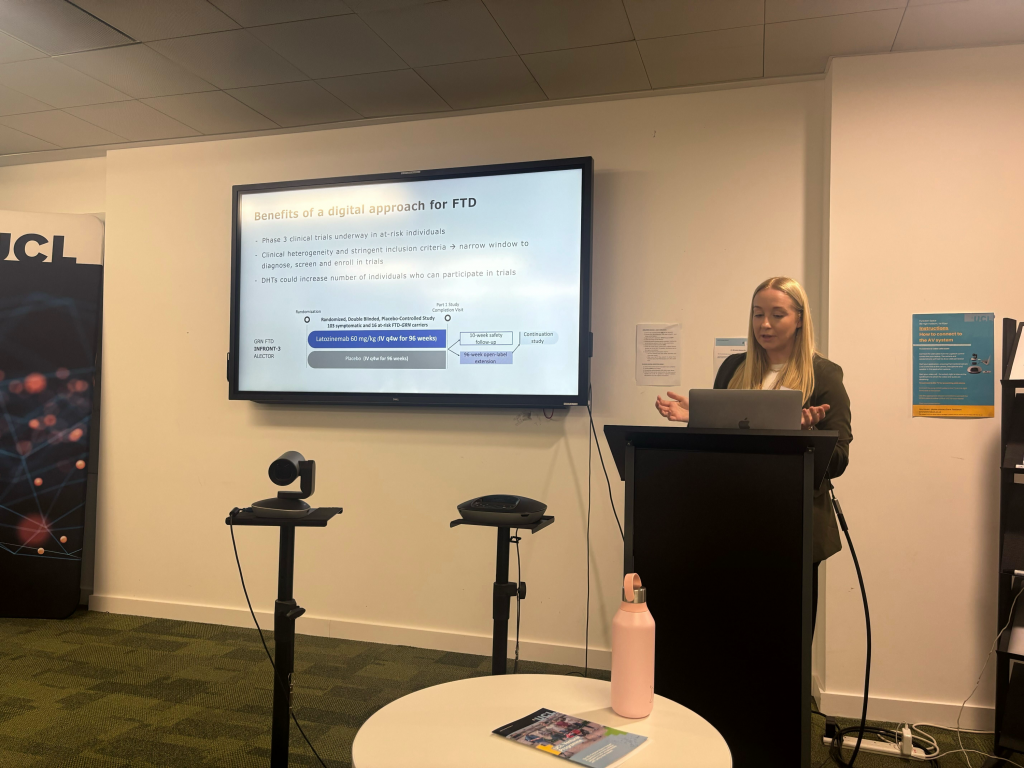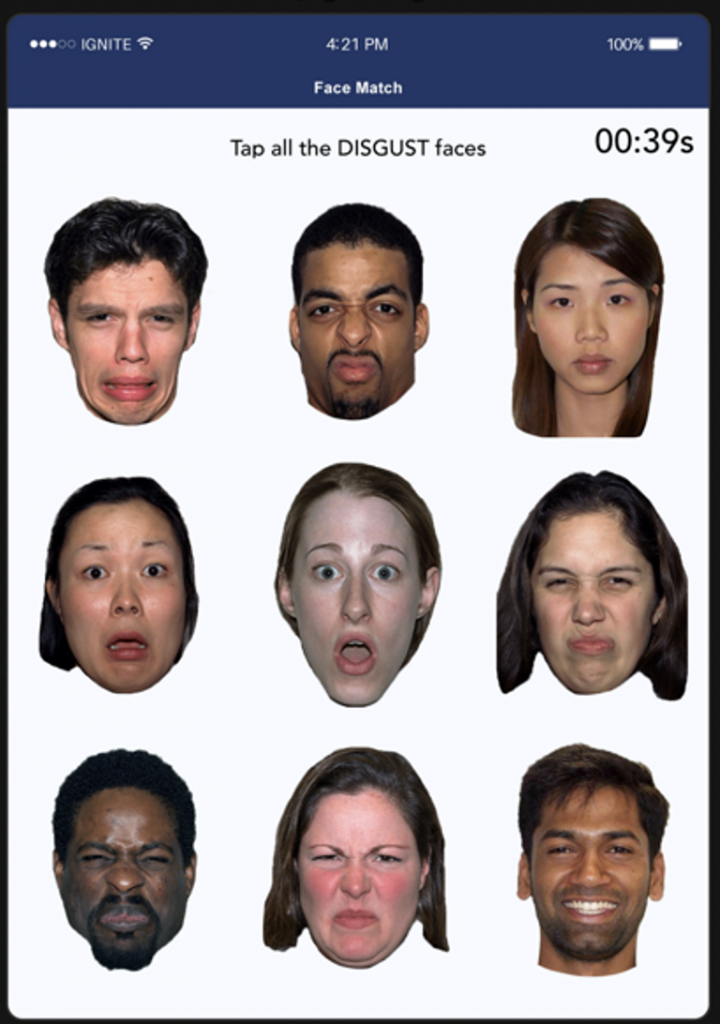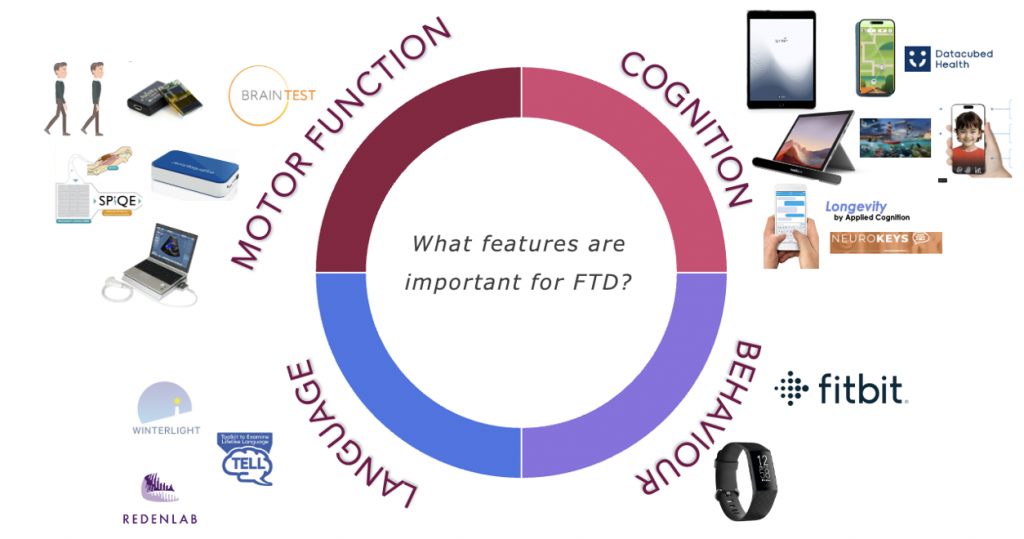On Monday, January 27th, the FTD Talk team hosted the first EDiT-FTD meeting in London. This working group funded through the EU Joint Programme – Neurodegenerative Disease Research (JPND) brought together researchers to explore how digital health technologies (DHTs), like smartphones and smartwatches, can help with the early detection of Frontotemporal Dementia (FTD).
Why Digital Health Technologies Matter
Traditionally, research requires in-person visits, which can be expensive and inconvenient for participants. DHTs offer a promising alternative by enabling remote participation, making research more accessible and affordable. However, widespread adoption is limited by challenges such as:

- The rapid evolution of technology, making it difficult to standardise methods.
- A lack of consensus on what measures to track and how frequently.
- The pros and cons of remote testing versus in a controlled lab setting.
The aim of the meeting, and of the working group, is to overcome these challenges, by identifying clinically relevant DHTs for FTD detection and to address barriers to adoption to integrate a clear pathway for DHTs in research studies.
Key Discussions at the Meeting
Research teams from the Netherlands, Toronto, Stockholm, Finland, the UK showcased their research using smartwatches, gait analysis, and AI to track subtle motor and behavioural changes in FTD. These insights sparked valuable discussions on standardization and implementation.


Digital cognitive projects that are currently collecting data are testing apps, such as Ignite and ALLFTD, enabling remote cognitive assessments.
We also discussed digital motor projects in FTD, that measure gait, balance and how we walk, using an accelerometer, Fitbit or smartphones. These approaches can reduce the patient burden and are a simple way to passively collect data at home, rather than in a research lab setting.
Other key discussions throughout the meeting focused on the use of AI for disease progression modelling, eye tracking, and insights from other neurodegenerative diseases and how the use of DHTs can be applied to FTD research.

The Role of Participant Engagement
We were especially grateful for the insights provided by our Participant Engagement Board. Their perspectives on living at risk for FTD and their experiences participating in digital studies were invaluable in shaping the future direction of our research. Understanding the real-world impact of digital assessments on participants’ daily lives is crucial to developing meaningful and user-friendly tools.
Looking Ahead
The meeting wrapped up with plans for virtual follow-ups and a future in-person meeting to assess the working group’s progress. The EDiT-FTD event marked an important step toward integrating remote research tools into FTD detection, fostering collaboration, and driving innovation in dementia research.
We are excited to continue this journey and look forward to future advancements in digital health for neurodegenerative diseases!
If you are curious about the current digital measures that some research studies use, look at the resources below:
GENFI digital team:
https://www.ftdtalk.org/research/our-projects/digital/: Enhancing Digital Technologies in Frontotemporal dementia (EDiT-FTD)
